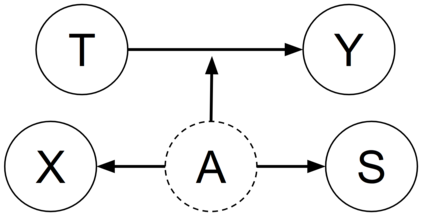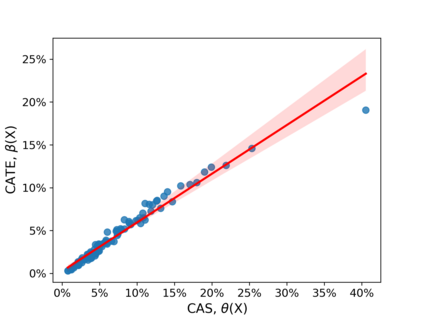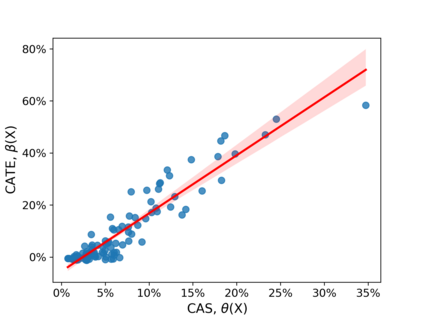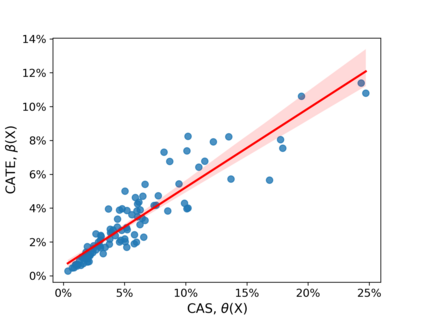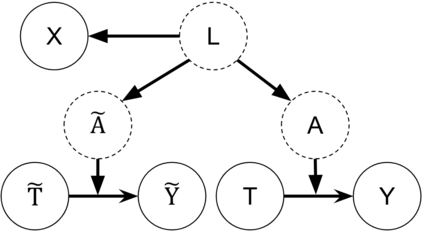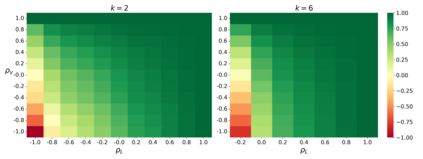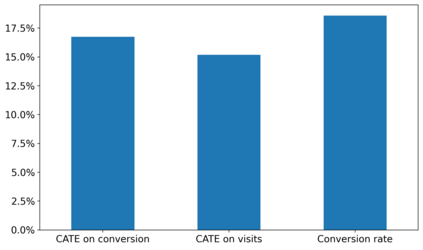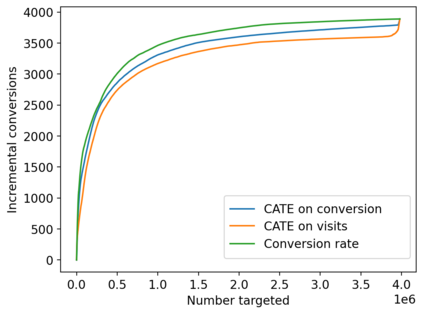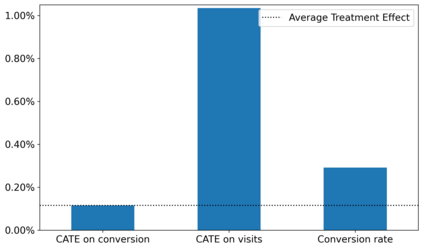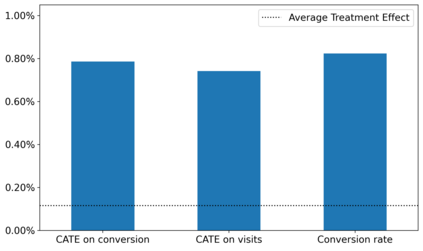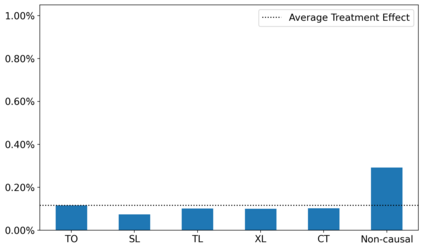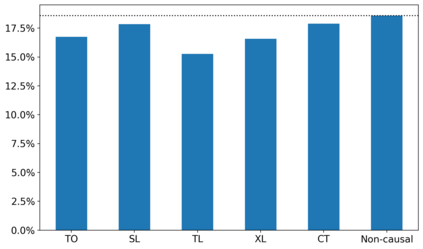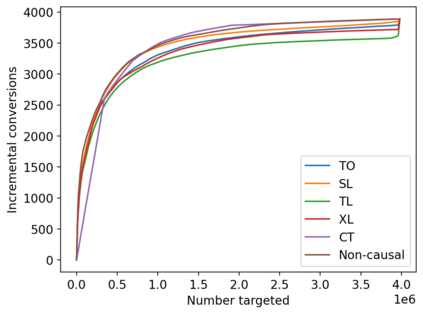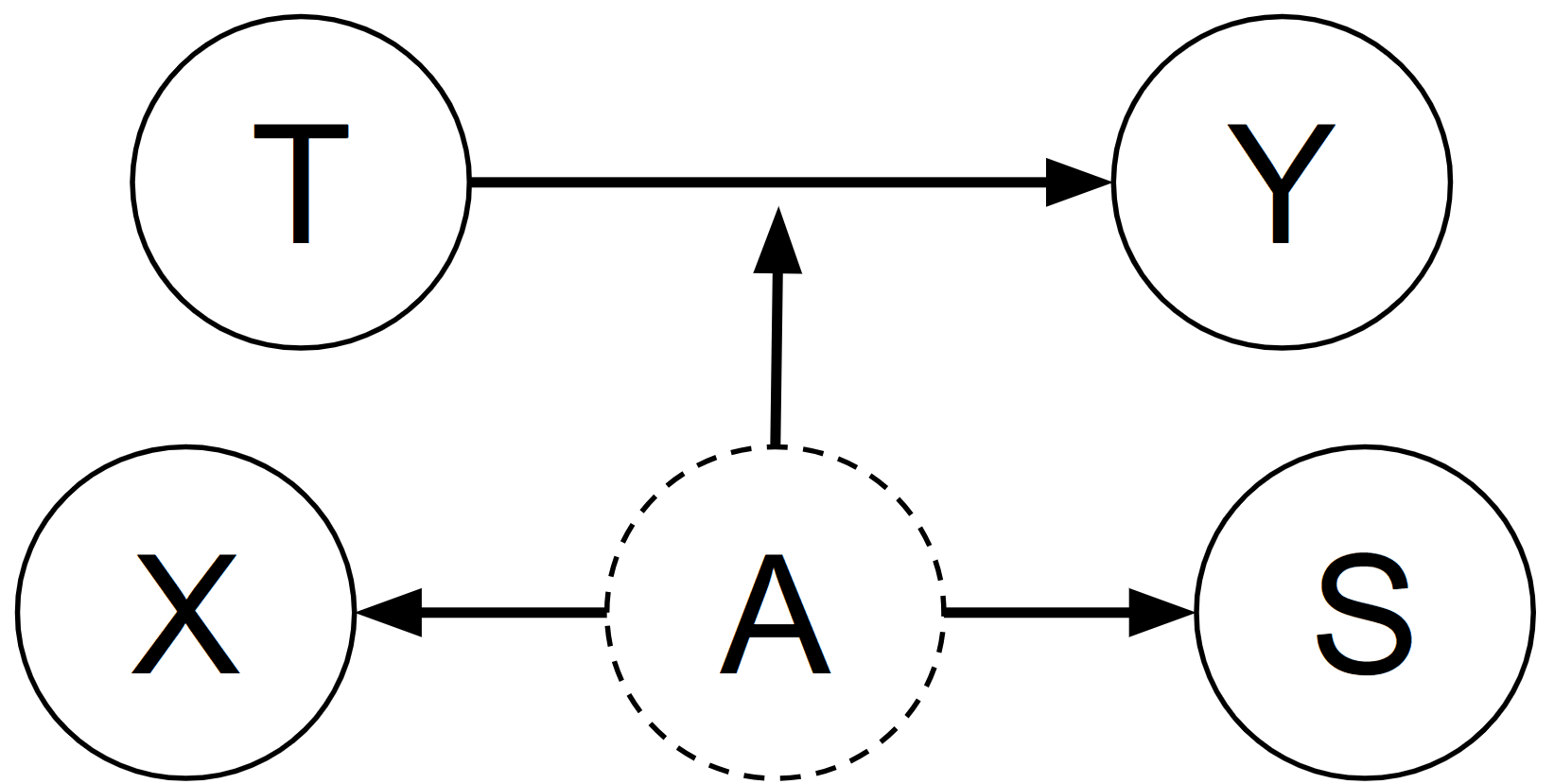Who should we prioritize for intervention when we cannot estimate intervention effects? In many applied domains (e.g., advertising, customer retention, and behavioral nudging) prioritization is guided by predictive models that estimate outcome probabilities rather than causal effects. This paper investigates when these predictions (scores) can effectively rank individuals by their intervention effects, particularly when direct effect estimation is infeasible or unreliable. We propose a conceptual framework based on amenability: an individual's latent proclivity to be influenced by an intervention. We then formalize conditions under which predictive scores serve as effective proxies for amenability. These conditions justify using non-causal scores for intervention prioritization, even when the scores do not directly estimate effects. We further show that, under plausible assumptions, predictive models can outperform causal effect estimators in ranking individuals by intervention effects. Empirical evidence from an advertising context supports our theoretical findings, demonstrating that predictive modeling can offer a more robust approach to targeting than effect estimation. Our framework suggests a shift in focus, from estimating effects to inferring who is amenable, as a practical and theoretically grounded strategy for prioritizing interventions in resource-constrained environments.
翻译:暂无翻译

